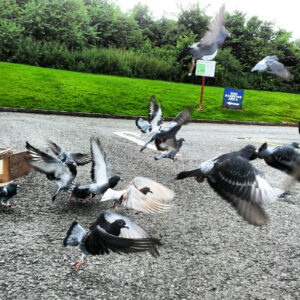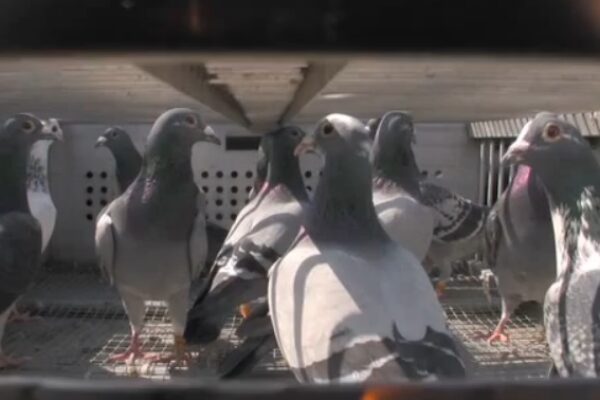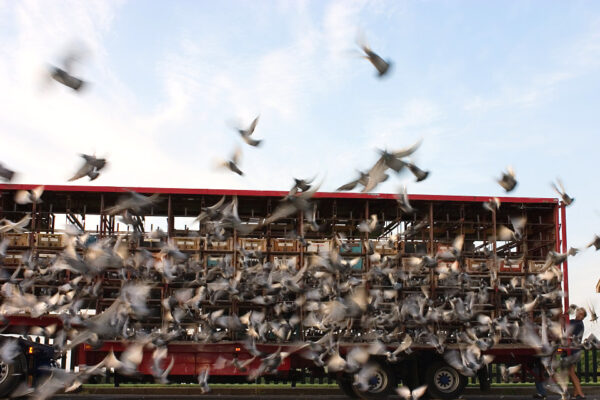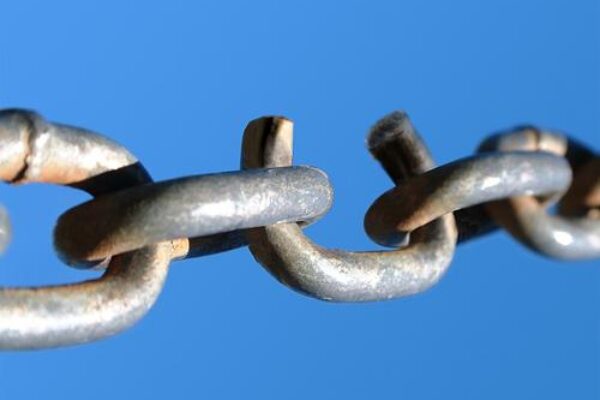Compass Training Racing Pigeons Continued

Step One:
Train your birds along the line of flight to a desirable distance such as 50-100 miles. Train them out in increments that you are confident with and keep stepping them out in leaps until the desired distance. I prefer to jump my birds once they have made three good returns from a training location.
Step Two:
Having attained the desirable distance along the line of flight, bring the birds back and start training them out 90 degrees from the line of flight in either direction. Start short again, at 1 mile, 5 miles, 10 miles, 20 miles until you have reached at least 25 miles away from your location. Then bring them back and start training again another 90 degrees rotated the same direction in the same increments. For example if you were training your birds from the line of flight which is South, then start training them East, then North, then West, and then return South. Doing this will keep them orientated regardless from which direction they are approaching on race day. This could give your birds the edge on when to break. Of note, having already trained to the desired distance along the line of flight, your birds should be in great shape, when you shift to train to the other compass points, if it is your day off, the birds should be in shape to make two tosses. This will greatly accelerate your ability to compass train.
Step Three:
Mid week or for the birds that are not shipped on a weekend, keep rotating the direction they are released from. This will keep the birds fresh and keen in their orientation. Odds are, the birds will be heading the right general direction from the release point on race day. If you are small group tossing or single tossing, this can be incorporated into compass training.
Obstacles
Time:
It takes time to train and in our busy world not everyone has a lot of time. There are no real short cuts to compass training, as the birds will only excel at their natural ability to do so. Push them to hard on their orientation before they are ready and you can just as easily lose them as taking them way to far if they are not in physical shape for the toss.
Money:
Fuel cost keep skyrocketing. More training means a greater cost for training. If you want to compass train, but want to reduce cost, try compass training only 10 miles in each direction. Though not as great of a distance, it still may pay off on race day.
Quality Birds:
Regardless of what type of training you conduct, there are a certain amount of birds that do not have what it takes and will fall by the roadside. It’s no different with Compass Training except we are pushing their orientation ability a little harder than line of flight training. There may be greater initial losses than you previously have recorded, but good birds, with good training and fitness will always excel.
Compass Training Racing Pigeons Continued by Domanski Family Lofts
The Leading Online Pigeon Racing and Racing Pigeons Magazine – The Pigeon Insider









I Find training on line up to 60 or 70 miles after that you can go any where i did this years ago
with very good results i use to take them to my boys ball games and they played all over
once young birds have confidents you will be amazed what they can do Brad.
Sounds like good advice.